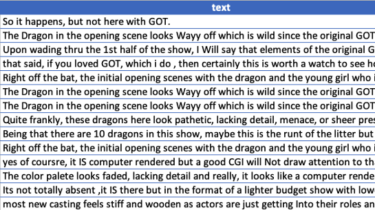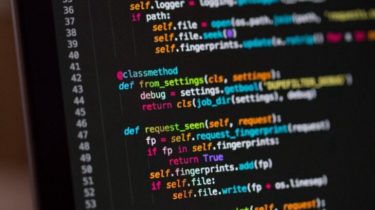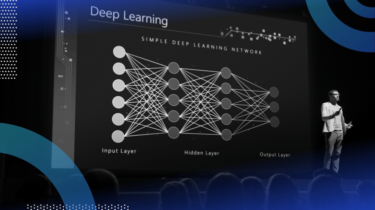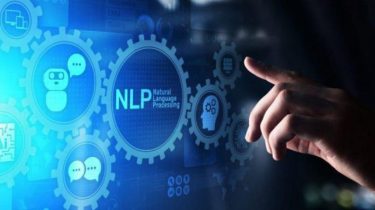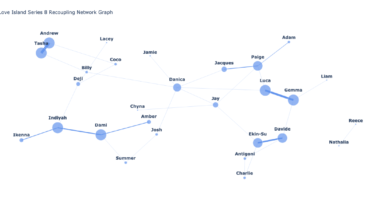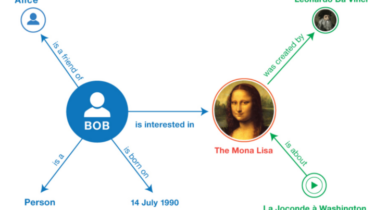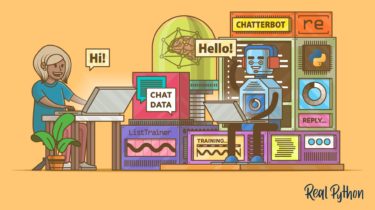Solving NLP problems quickly with IBM Watson NLP
As data scientists, before starting on the developing the models, by trying to find and download open-source models or develop models on your own, wouldn’t it be nice to have all of these handy and available to be implemented in just a few lines of code? That’s exactly what I will show you today in this blog post. With Watson NLP, you get state-of-the art pre-trained models for numerous NLP use-cases that can get you up and running
Read more